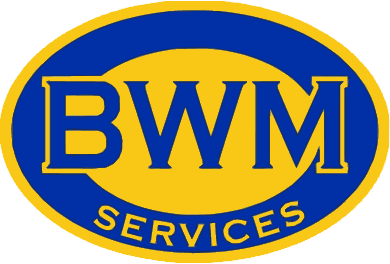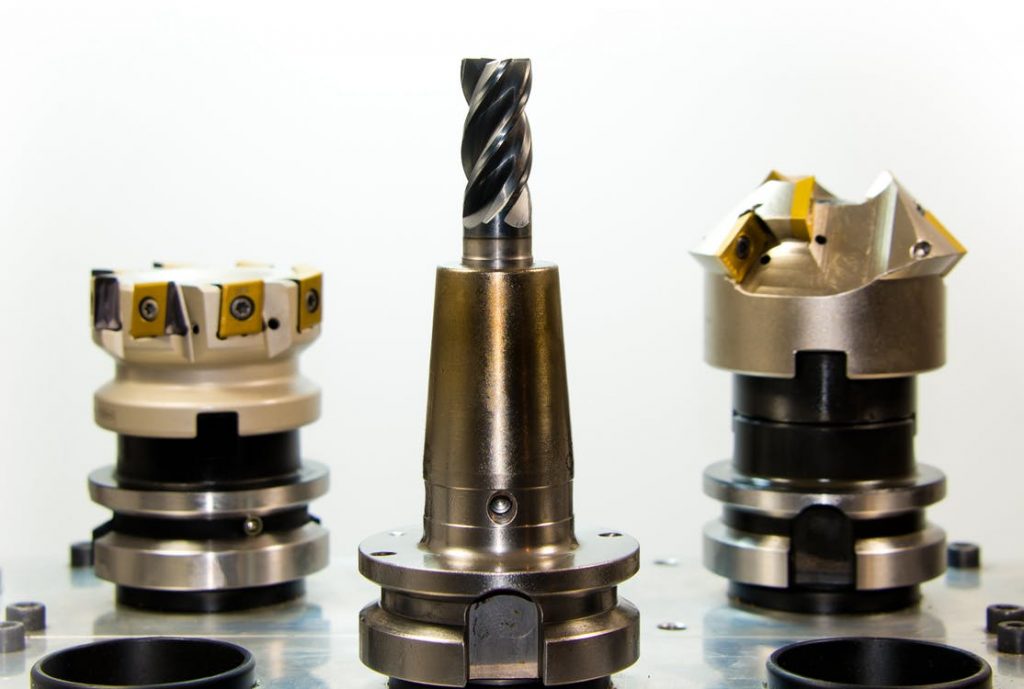High-Speed Machining Demands High-End Toolholder
You can’t overstate the role of a reliable toolholder in precision cutting, turning, grinding and boring procedures. Using a quality device to fix tools and inserts is even more crucial when precision machining requires higher speeds. High-speed machining is typical in aerospace and medical equipment manufacturing. This is where machinists often work with “exotic” or precision alloys, as well as harder metals such as titanium alloys.
However, RPMs can reach 20,000, 30,000 or even higher. Therefore, precise and secure seating of a properly balanced toolholder in the spindle becomes even more critical. At these rates, even minor flaws in toolholder manufacturing can reduce the precision of the machining process. It can also diminish tool and spindle life, and even damage the high-value workpieces. As a result, it is important to understand the importance of a quality toolholder. For tapered varieties requires evaluations are according to two main factors:
- Without any holding or locking mechanism, self-releasing toolholders must fit precisely within the spindle. This is with only the smallest allowance to maintain accurate location, repeatability and proper hold.
- Concentricity refers to the amount of “wobble” that may be tolerated when the toolholder is rotating or spinning. In machining, this is called “the whipping effect,” which can result in inconsistency and out-of-tolerance parts.
Decreased Tool Life and Damage to the Workpiece
Utilizing a less precise or imported toolholder for high-speed machining may also decrease tool life or damage the workpiece.
According to Bart Fellin of Fellin Industrial Sales, a company that represents several machine tool and toolholder product lines, “If the toolholder is not concentric or is a little off-center, you will have rubbing, wear, and more friction, which decreases the life expectancy of the tools.”
When machining exotic alloys and hard metals, changing the cutting tools more frequently is necessary as they dull or break. The cost of tool replacement, not to mention loss of production time due to frequent changeover, can add up quickly.
“The higher-end technical carbide inserts really demand a high-precision toolholder,” explained Fellin. “If you end up breaking a tool it could cause hundreds of dollars’ worth of damage.”
“Not only is the tool expensive,” he continued, “but you have to change it out more often and that takes time. So when you cost-out a job, you may find you are over budget rather than making a profit. It can make or break a deal.”
Less precise or imported toolholders can also damage the workpiece. This would then require repairs or discarding.
“You could be spending hundreds of man-hours designing a tool and then finding out that it is cutting slightly oversized holes, as an example, because the toolholder could not hold the tool properly,” Fellin said.
Quality Assurance
Fellin cautions against purchasing less expensive, imported toolholders based on cost alone. “There is a lot of competition from imports, and a lot of misleading information where they claim their toolholder is just as good (as a high-value design),” he said. “But ‘time is money’, so when you have to get a quality part out and you don’t want it getting rejected, then you want to make sure the (design) accuracy is going to be there.”
One way to make sure you’re buying a quality toolholder is its certification. This needs to be “AT3 or better.” The AT3 refers to the tolerances in relation to the fit of the toolholder in the spindle.
“AT3 or Better”
Collis Toolholder touts itself as the only manufacturer to certify products AT3 or better. In addition, it places special emphasis on accurate concentricity. Manufacturers often specify the level of unbalance by a G number with units in millimeters per second (mm/sec). This prevents the aforementioned wobble or “whipping effect”. Therefore, machine-tool spindles and machine-tool parts typically are specified with vibration levels of G2.5 and G6.3. Also, this is why Collis toolholders uses balance to the higher G2.5 standards.
Producing tapered toolholders with a superior fit and greater balance allows them to run at higher RPMs with less fretting. Therefore, they produce more accurate work and better surfaces finishes.
According to Fellin, in precision machining operations supplying aerospace and medical device manufacturers also want toolholders to provide repeatability. “Being able to know that from the first toolholder they purchase to the fifth, to the twentieth, they are going to get the same quality is very important,” said Fellin.
BWM Services utilizes high-end toolholders to ensure quality assurance and increased tool life. For more information on our high-speed machining process here at BWM Services, contact us with the link below!
Source:www.americanmachinist.com


